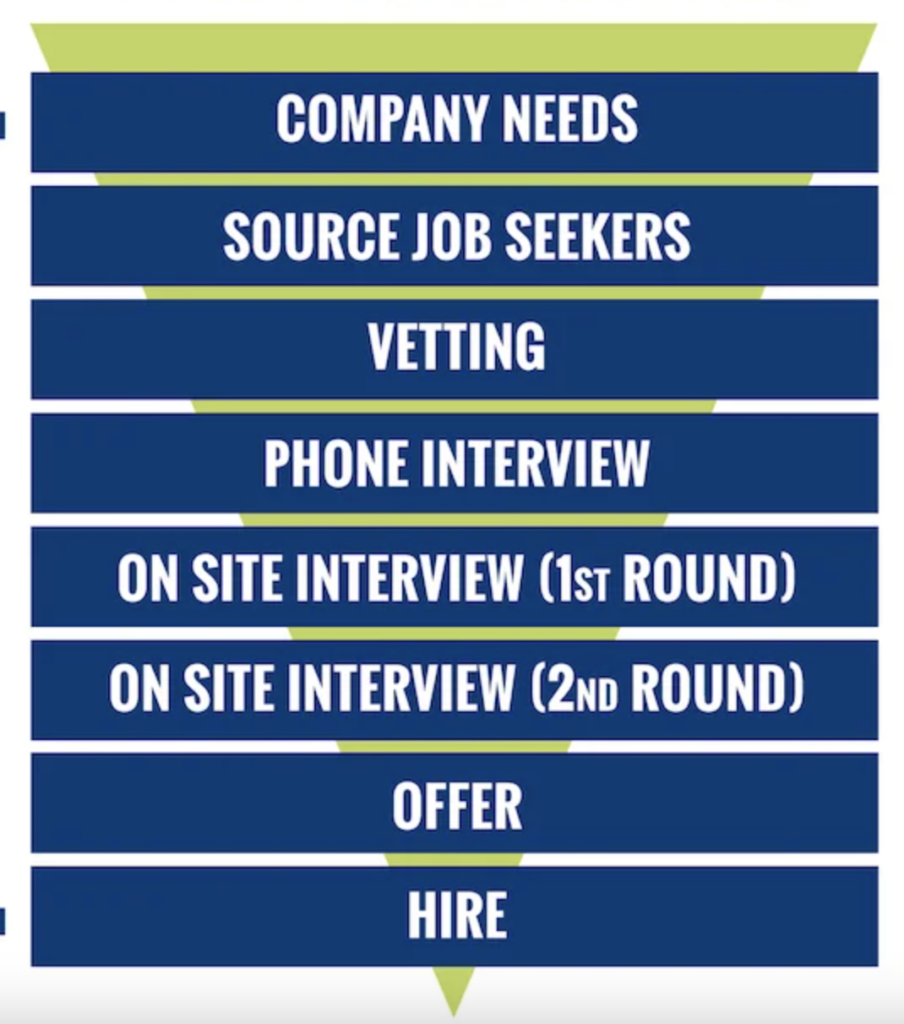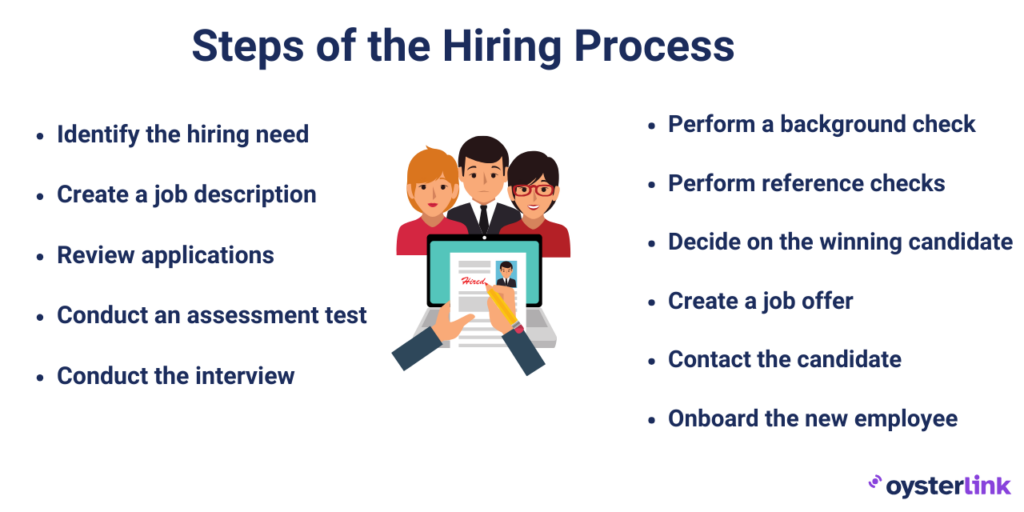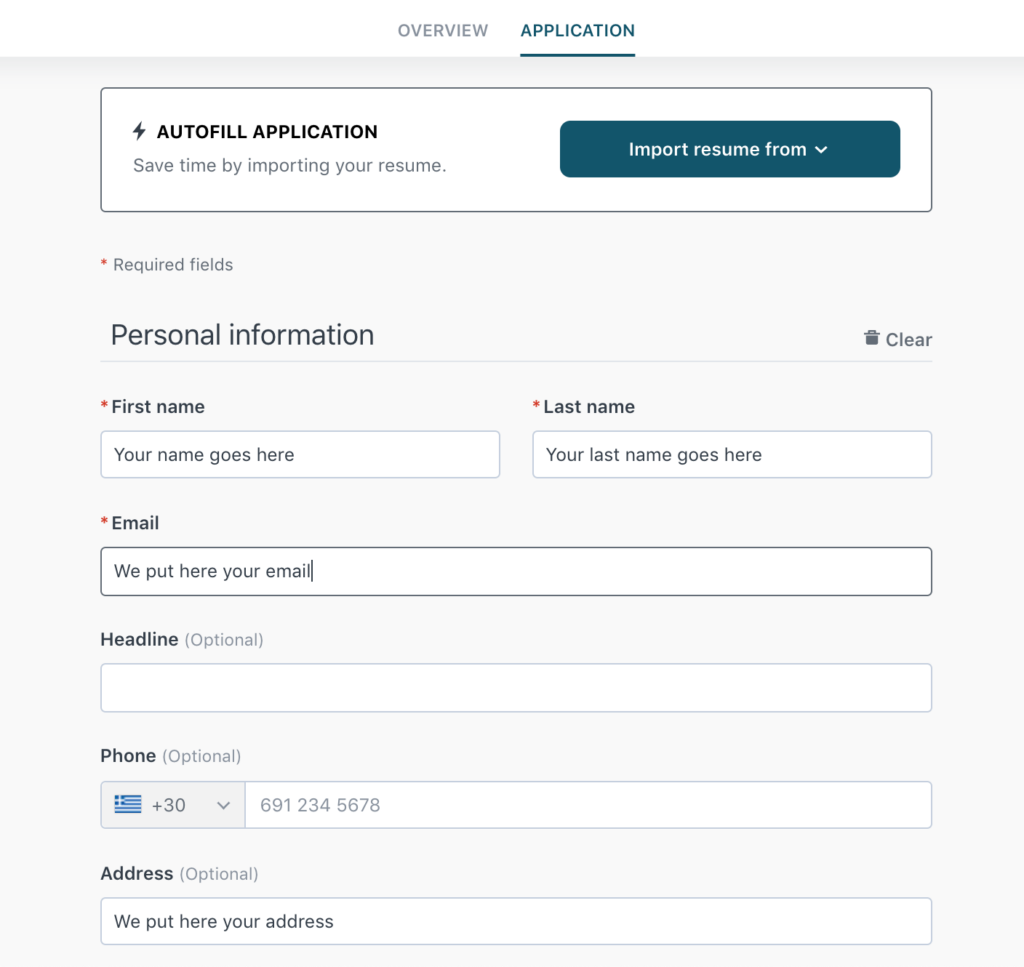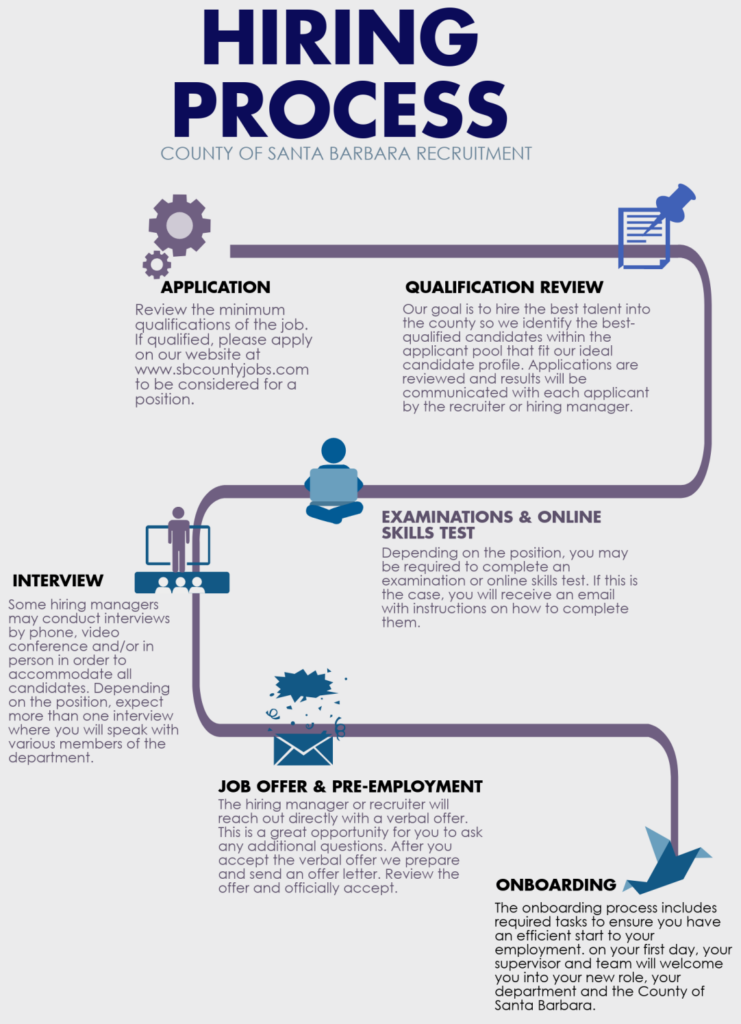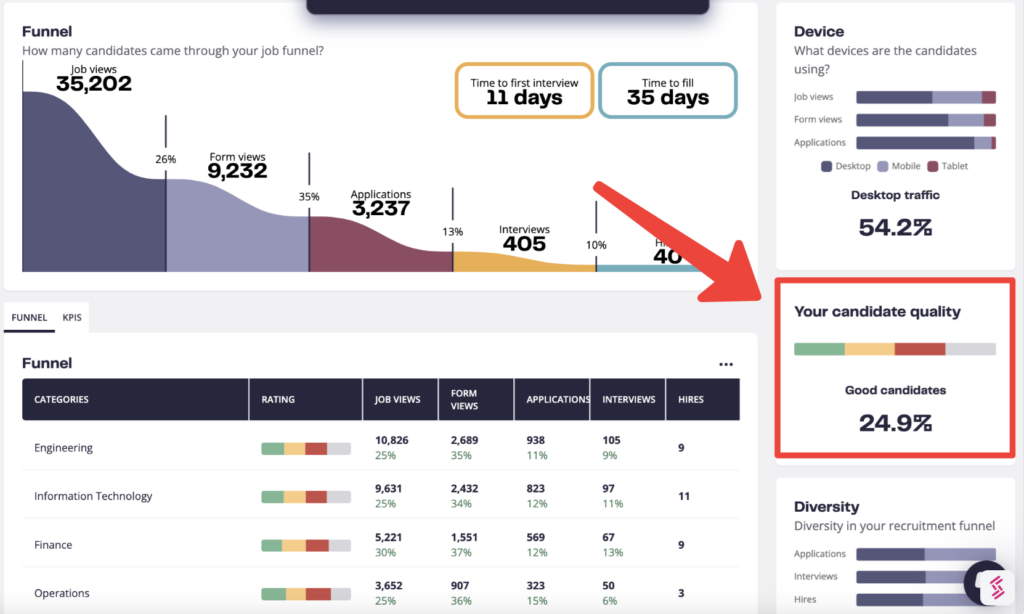Multiple boxes must be checked when doing SaaS sales hiring, from process efficiency to candidate quality to cultural fit to addressing potential bias. Otherwise, if even one box is left unchecked, it can lead to a host of issues like an overly lengthy hiring period, a poor candidate experience, and high turnover to name a few. Fortunately, we live in a day and age where data analytics can take much of the guesswork out of SaaS sales hiring and provide you with a steady stream of high-quality candidates — many of which will convert into loyal salespeople who crush their quotas.
Here are some specific ways data analytics can supercharge your SaaS sales hiring.
Identify Ideal Salesperson Qualities
Ask most hiring managers what the ideal salesperson looks like and they’ll probably say that they’re confident, resilient, a great communicator, and so on. But they likely don’t have a concrete salesperson profile based on completely objective data.
That’s where data analytics comes in. With this type of platform, you can analyze historical data to generate a crystal clear candidate profile, highlighting things like:
- Education
- Experience
- Desire
- Commitment
- Personality
- Behavior
- Motivation
- Responsibility
And we’re not just talking about a generalized, cookie-cutter profile that could apply to any company. Data analytics can be fully tailored to your unique sales environment so you know for certain which types of candidates are most likely to succeed working for you.
That way, you can target your SaaS sales hiring approach to filter through the candidate pool and zero in on the true superstars, which should result in A+ hires while lowering your turnover rate. This brings us to our next point.
Assign Scores to Candidates for Easy Comparison
Based on salesperson qualities that contribute to an ideal candidate, you can use data analytics to generate a numerical score for each person who applies. Here’s an example of what that can look like where you objectively rate a potential candidate based on core competencies so you can see where they rank in terms of qualities like desire and commitment.

In turn, you can instantly see how a candidate stacks up against others, while always maintaining consistency. So if it comes down to a few candidates that you’re interested in but aren’t sure who to choose, having a quantitative score like this can make your decision much easier.
Lower Your Hiring Costs By 3x
The SaaS sales industry has a notoriously high recruitment cost. According to SHRM, the average cost per hire across all industries as a whole is around $4,700. However, the typical cost for sales roles is much higher, often ranging from $7,000 to $8,000 for each salesperson.
One of the biggest reasons to use data analytics is that it can help you find the cream-of-the-crop sales candidates more quickly. From using applicant tracking systems to keyword filtering to behavioral assessments to gauge the odds of candidate success, this technology helps you move through the sales hiring process much more efficiently than doing so manually.
In turn, this can significantly lower hiring costs. To quantify, “Organizations that use analytics to improve the quality of a recruiting effort can reduce the cost per hire by three times,” explains RecruitingDaily. Even filling one position can save money, but when you look long-term, this can dramatically lower your sales hiring costs.
Create a Far Better Sales Candidate Experience
Because you’re able to create a more efficient, streamlined SaaS sales hiring process, this tends to result in a better candidate experience. This mainly stems from moving through the process quicker where you’re able to provide candidates with timely updates on their job application status.
That way they’re not left waiting, and you can get them from one round to the next without wasting their time with long, drawn-out sales recruiting. Besides that, you’re less likely to lose A+ candidates to competitors simply because it takes too long to hear back from your recruiting team. So it’s a win-win situation.
Eliminate Hiring Inefficiencies for Continual Improvement
No matter how good your SaaS sales hiring process is, there’s always room for improvement. But without the right data, there’s usually a fair amount of guesswork rather than data-driven decision-making.
The beauty of data analytics is that it continually provides you with objective data that helps you get better and better. Let’s say your hiring process looks something like this.
But somewhere along the way, quality candidates are dropping off and you’re missing out on golden opportunities. However, you’re not exactly sure where it’s happening.
Armed with data analytics, you could pinpoint precisely where the majority of candidates are being lost. For instance, maybe everything is going smoothly up until the phone interview. But poor communication or inefficient interviewing results in a high level of qualified candidates ditching your SaaS hiring process without moving on to the next round.
By having this information, you would know that the phone interview would be the area you would want to focus on improving. Once you’ve done that, you can eliminate a major friction point and create a more seamless hiring process.
Build Your SaaS Sales Dream Team Data Analytics
With so many variables that can affect SaaS sales recruiting success, it’s important to leave nothing to chance. Although there is no magic bullet that can guarantee a 100% success rate with every hire, data analytics has been proven to get legitimate results.
Using the right platform should help you predict which candidates are most likely to thrive in your sales environment, while simultaneously reducing your time-to-hire, lowering your hiring costs, improving the candidate experience, and more. For an overview of some of the top data analytics products on the market, I suggest reading this guide from People Managing People.
And if you’re looking for one of today’s leading hiring readiness assessments to level up your SaaS sales recruiting, check out HireDNA’s free assessment.

